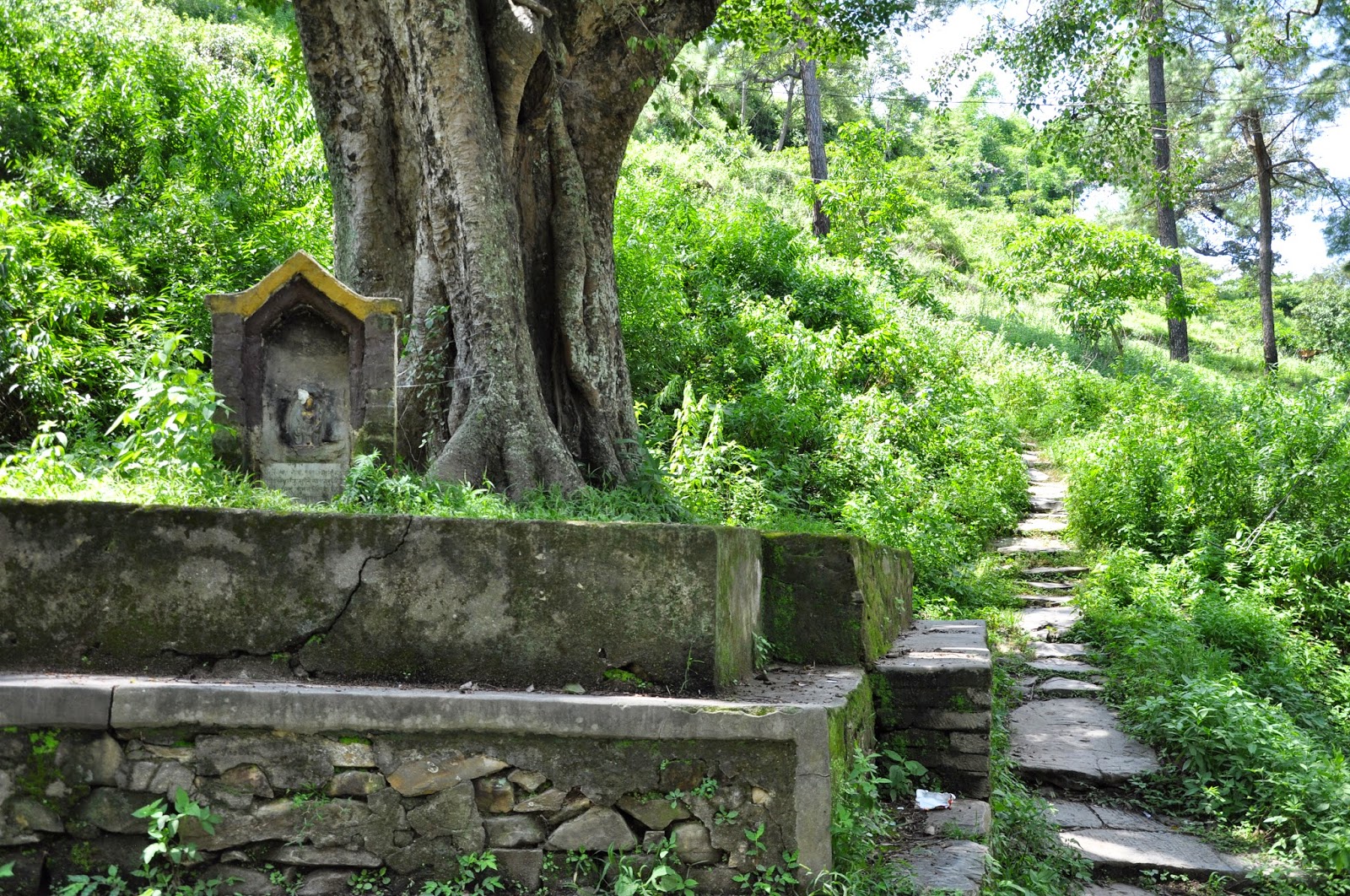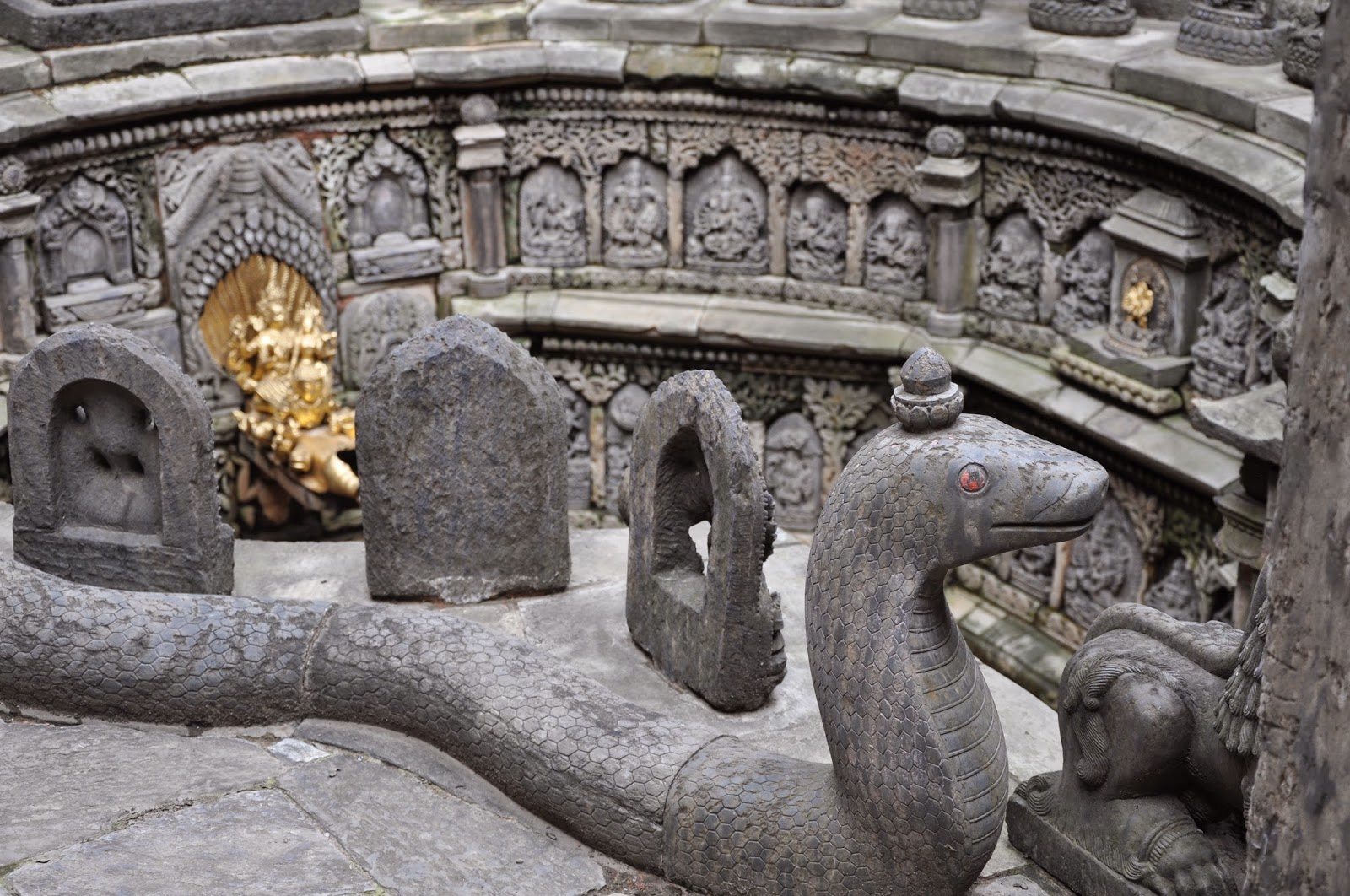I haven't blogged in a VERY long time, so here is a quick update of what's been happening in my life lately. ("Lately" here having the generous definition of "for the last 6 months.")
December
The holidays can be a hard time to be overseas, but a little trekking in the foothills of the Himalayas was a perfect antidote to the Christmas blues.
I also spent a week working on communications for MCC's partner organizations, Koshish, whose mission is to rescue and rehabilitate vulnerable women with severe mental illnesses.
January
After a very cold and rather miserable month, my friend Laura and I took a weekend getaway to Nagarkot for my birthday.
February
It was a very busy month at work but not a lot else happened.
March
The month started out with a 5 k fun run for International Women's Day with my colleagues.
I spent a week traveling in southern Nepal with staff from one of our partner organizations, visiting projects that MCC supports in the area of HIV/AIDS. Field visits involve a lot of work and meetings, but also the opportunity to see some beautiful scenery and interesting places, including, this time, a sacred cave and the birthplace of Buddha.
 |
| While driving between villages, we passed through some of the most spectacular scenery I've ever seen. |
 |
| Ganesh summons you to enter the sacred cave. |
 |
| We took a break during a very long day of driving to pick rhododendrons, Nepal's national flower. |
 |
| A village where MCC supports a self-help group for people living with HIV/AIDS. |
 |
| Meeting with a self-help group for people living with or affected by HIV/AIDS, and other marginalized or poor community members. When meeting with groups like this one, I am often invited to give a short speech. |
 |
| Siddhartha Gautama, or the Buddha, was born here in the plains of what is now Nepal. |
 |
| A Tibetan monastery near the site of Buddha's birthplace. |
April
At the beginning of the month, we went to India for a short retreat with MCC colleagues from across South Asia.
After that, I went on another long field visit in the far west of Nepal to visit HIV/AIDS and food security projects. This was the most remote area of Nepal I've visited yet.
 |
| The gateway to Achham, one of the most undeveloped districts in Nepal. |
 |
| Meeting with a group for the wives of migrant workers, a highly at-risk population for HIV/AIDS. |
 |
| Traditional dancers in Dhanghadi, Nepal. |
 |
| Meeting with members of a self-help group for people living with HIV/AIDS. |
 |
| Taking a rest during the hike into one of our project areas. |
The day after I got back, the earthquake happened. I'll write more about that another time. For now, suffice to say, it was awful, but I survived, as did my host family and all my friends and colleagues.
 |
| I slept outside with the MCC team for three nights after the earthquake, one in a garden and two in this basketball court. |
May
MCC sent me to our regional head office in Thailand for some stress leave.
 |
| Pad thai in Thailand... what can I say? |
After that, I went to Taiwan to visit my brother and his girlfriend before returning to Kathmandu on the emptiest flight I've ever taken.
June
This is the last month of my term. I have a couple of big projects to finish up before I go home, and a lot of people and places to visit one last time. Sadly, Kathmandu has suffered a lot since I arrived, and the city I am saying goodbye to now is not the same city I greeted with such bewildered enthusiasm ten months ago. And I am not the same person, either. It's been quite an adventure, and not always the fun kind. But through all the challenges, I have found joy, peace, and strength to continue the journey. I'm looking forward to going home a month from now, but I will always keep a special place in my memory for this beautiful country and the remarkable year I spent here.
 |
| My beautiful walk home from work. |


































.jpg)































